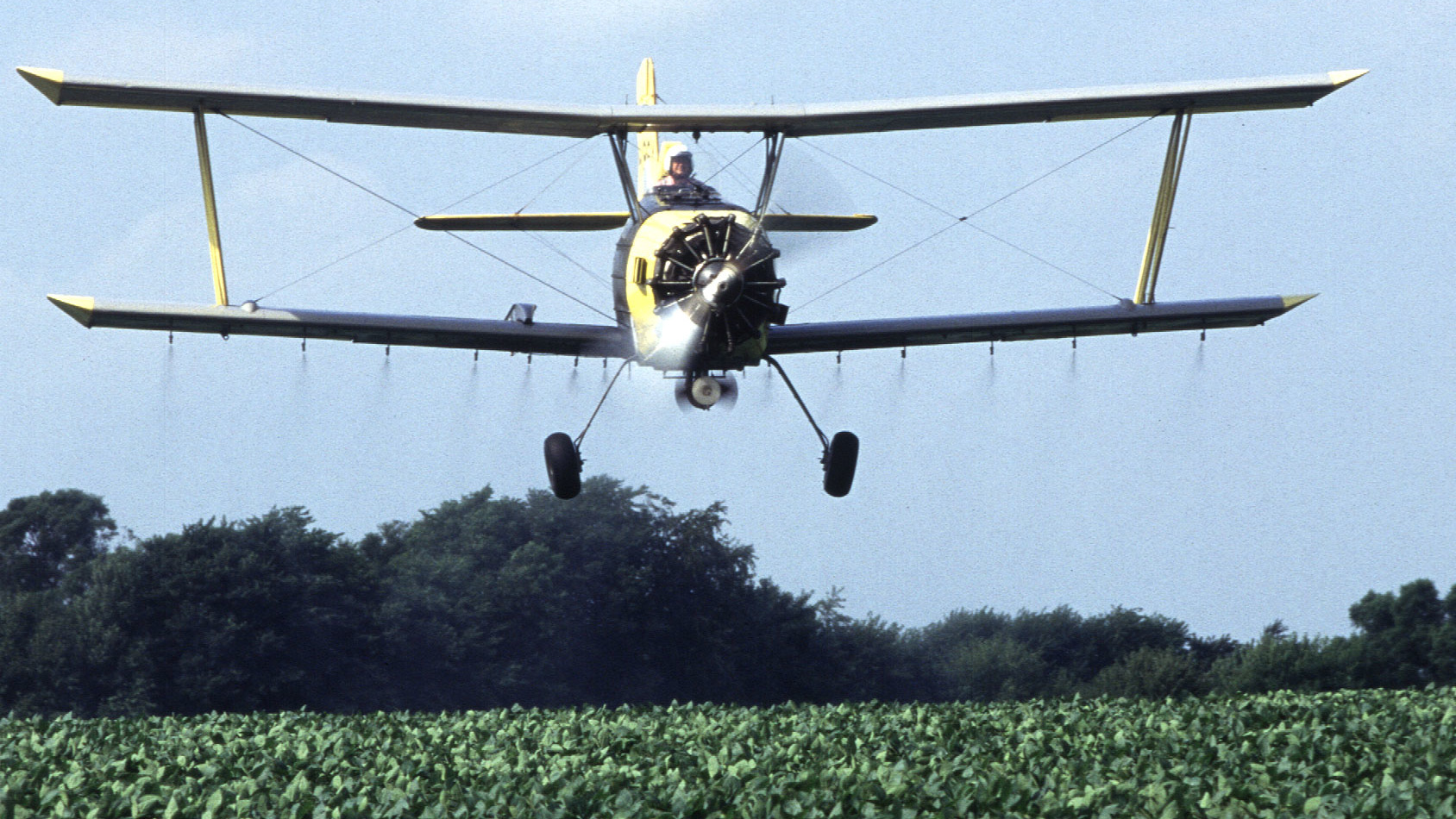Unveiling Secrets: Five Lesser-Known Facts About Crop Dusters
In the vast world of agriculture, certain elements often remain unsung despite their significant contributions. Crop dusters, or aerial applicators, are a prime example of this. These nimble aircraft are critical in maintaining the health of large swathes of farmland, yet they often go unnoticed in the grand narrative of farming. This article delves into the intriguing realm of crop dusters, uncovering five lesser-known facts about these aerial workhorses and the vital role they play in modern agriculture.
Discover the Hidden World of Crop Dusters

Crop dusters have existed since the early 20th century, when they became an innovation that revolutionized agriculture. Initially introduced in 1921, the concept of aerial application helped farmers tackle pest infestations more efficiently than traditional ground-based methods. This practice quickly gained traction, and over the decades, crop dusters have evolved into sophisticated aircraft equipped with advanced technology to optimize their operations. Despite their pivotal role in agriculture, these aerial machines often operate behind the scenes, garnering little public attention compared to other agricultural technologies.
The life of a crop duster pilot is anything but ordinary. Pilots, often deemed modern-day cowboys, navigate low-flying aircraft over fields, maneuvering through challenging terrain and weather conditions to ensure precise application of fertilizers and pesticides. Their expertise requires a unique set of skills, including adeptness in both aviation and agricultural sciences. These pilots often develop a deep connection to the land and crops they help nurture, becoming integral parts of the farming communities they serve.
A fascinating aspect of crop dusters is their ability to cover vast areas quickly and efficiently. Unlike ground sprayers, which are limited by terrain and accessibility, crop dusters can treat hundreds of acres in a single flight. This capability is particularly crucial during time-sensitive situations, such as pest outbreaks, where rapid response can mean the difference between a bountiful harvest and devastating losses. The aerial advantage ensures that essential treatments are applied evenly and reach areas that might otherwise be difficult to access.
Five Little-Known Facts About Aerial Agriculture

One of the lesser-known facts about crop dusters is their sophisticated use of technology to enhance precision agriculture. Modern aerial applicators are equipped with GPS and other data-driven technologies that allow for precise mapping and delivery of treatments. This precision reduces waste and minimizes environmental impact, as chemicals are applied only where needed, thereby promoting sustainable farming practices. Such technological advancements have transformed crop dusting from a rudimentary process to a highly efficient and calculated operation.
Environmental stewardship is a key concern for the aerial agriculture industry. Contrary to some misconceptions, crop dusters play a significant role in promoting environmental sustainability. The use of aerial application can reduce soil compaction and runoff, as there is no need for heavy machinery to traverse the fields. This method also helps in minimizing the exposure of non-target organisms to pesticides, as applications can be finely controlled and targeted. Industry professionals continuously work towards improving these practices, ensuring that aerial agriculture aligns with ecological preservation goals.
Another intriguing fact about crop dusters is their diverse range of applications beyond traditional crop spraying. These aircraft can be employed for tasks such as frost control, seeding, and even firefighting. In frost control, crop dusters can fly low over vineyards or orchards, creating a warm air barrier that protects plants from damage. Similarly, they can distribute seeds over large, inaccessible areas, aiding in forest reclamation projects. These versatile capabilities highlight the integral role crop dusters play across various facets of agriculture and environmental management.
As the agricultural industry continues to evolve, crop dusters remain at the forefront of innovation, marrying tradition with technology to meet the challenges of modern farming. These aerial workhorses not only contribute to efficient farming practices but also embody a spirit of adaptability and resilience. By unveiling some of the lesser-known aspects of aerial agriculture, we gain a deeper appreciation for the complexity and dedication behind each successful harvest. As we look towards the future, the continued advancement and integration of crop dusting technology will undoubtedly play a vital role in sustainable agriculture, ensuring that fields remain fruitful for generations to come.



